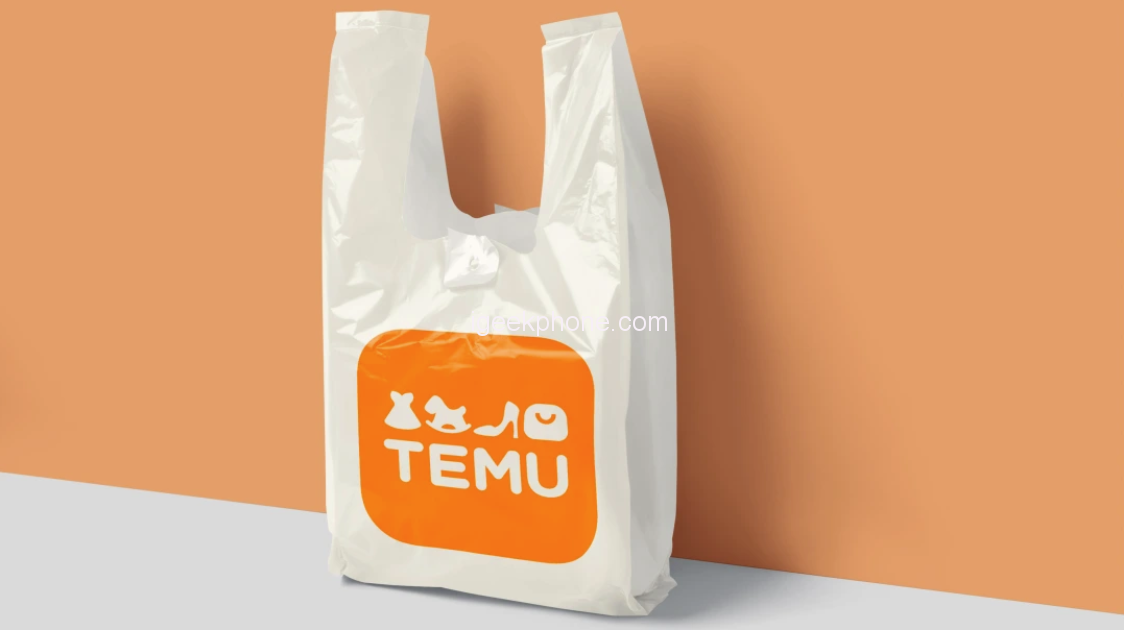Temu, the overseas version of Pinduoduo, has been experiencing rapid growth, attracting many individuals who are eager to try and become part of the Temu platform. However, there are questions about what exactly Temu does in the field of cross-border e-commerce and whether it supports a no-supply mode. In this article, we will delve into these topics to provide a better understanding of Temu’s operations and shed light on its suitability for the no-supply model.
Can Temu support a no-supply mode?
The no-supply model in cross-border e-commerce refers to a business approach where the e-commerce platform does not own or handle the actual inventory or goods during the selling process. Instead, the platform acts as an intermediary between buyers and sellers. When buyers place orders through the platform, sellers ship the goods directly to the buyers from suppliers in China or other countries.
In the case of Temu, it does not support the no-supply model. Instead, Temu operates under a supplier model. The merchants themselves act as suppliers for Pinduoduo’s cross-border Temu platform. On the foreign Temu platform, the merchants sell their products. Therefore, the no-supply model is not suitable for the Temu platform.
How does Temu operate in cross-border e-commerce?
Now that we understand that Temu does not support the no-supply model, let’s explore how Temu functions in cross-border e-commerce.
It’s important to note that Temu differs from other familiar platforms like Amazon and AliExpress. Temu serves as a platform for sellers to supply products to the platform itself.
If you reach a price agreement with the Temu platform, they will purchase products from you. As a seller, you only need to deliver the agreed-upon products at the specified price. You don’t have to worry about marketing, logistics, or other aspects, as you simply need to send the goods directly to the designated warehouse in China, and Temu will take care of receiving the goods. This streamlined process completes the transaction.
Temu’s primary focus is on offering lower prices to attract foreign buyers. They encourage merchants to bid for competitive prices, aiming to entice customers with affordable rates. However, it’s worth noting that if the market is saturated with similar products, the competition can become intense, making it challenging to thrive in such a price-driven environment.
Determining whether your products fall within the acceptable price range is relatively straightforward. Compare your product’s price with similar offerings on Temu. If your price cannot compete, it might be advisable to reconsider your strategy. As a supplier, you should assess whether the subsidy provided by Temu allows for profitable margins. If you can maintain profitability, joining Temu may be a worthwhile endeavor. However, if the price of Temu would lead to losses or negligible profits, it might be best to resist the trend and refrain from joining.
Conclusion:
In conclusion, Temu operates as a supplier-based platform in the cross-border e-commerce market. While it does not support the no-supply model, it offers an opportunity for sellers to provide products directly to the platform. However, success in Temu relies on factors such as competitive pricing, market saturation, and profitability. Sellers must carefully evaluate their pricing strategies and consider their product’s positioning in the market to make informed decisions about joining Temu.
The opinions about Temu’s effectiveness vary, with some claiming it is easy to make orders and conduct business, while others complain about monetary losses. Ultimately, the true assessment of Temu’s suitability and potential success lies in personal experience, as each seller’s circumstances and strategies may yield different outcomes.
Do not forget to follow us on our Facebook group and page to keep you always aware of the latest advances, News, Updates, review, and giveaway on smartphones, tablets, gadgets, and more from the technology world of the future.









